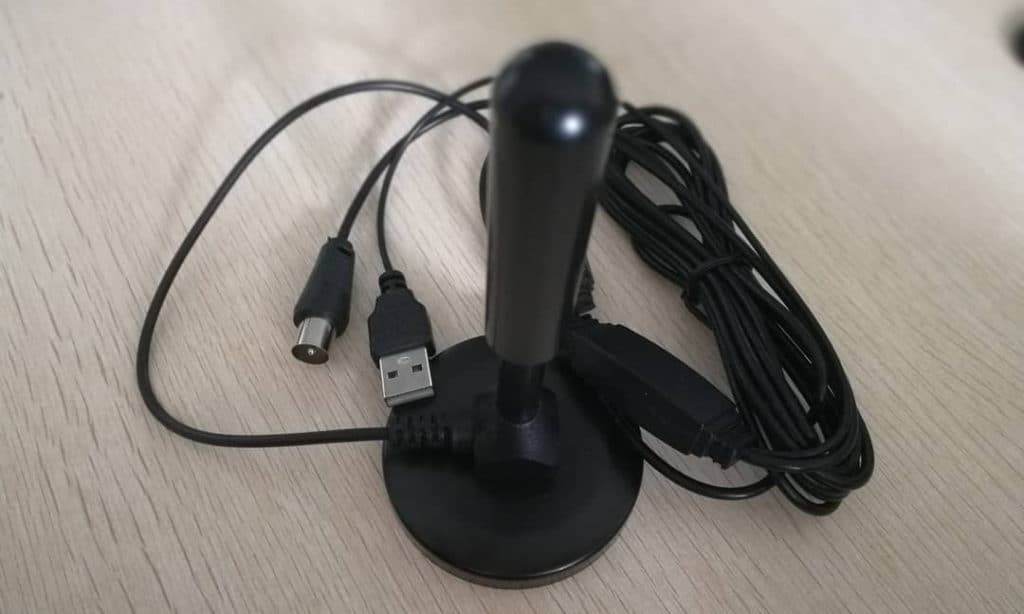

Drill the holes for all external connecting wires and two access holes for tuning capacitors C1 and C2 before positioning the assembly in the plastic box, if you're using this enclosure. You could prefer to place the finished small device in a plastic box for durability. You may also manually scrap the copper pads by creating parallel incisions with a scalpel blade knife from around edges of each pad and meticulously taking off the thin strips between the broken lines.Įxamine the narrow channels with a magnifying lens and an ohmmeter to ensure you don't have any copper burrs between the isolated copper pads that might create an undesired electrical shorting.
#Best fm antenna amplifier portable
If you're assembling your own stripboard, use a portable power drill with a fine abrasive disc or circular saw in the tool barrel to eliminate the thin strips of copper foil that constitute the isolated pads over the stripboard. Wind a 2.5 inch long 20 AWG bare copper wire 1.5 turns around a 3/8-inch diameter spindle or drill bit to make each of those coils.

L1 and L2, which are pair of hand-wound air-core coils, are employed in the circuit. You may get a completed circuit board from any appropriate vendor, or you could just make it yourself on a stripboard. The circuit parts are installed on a glass-epoxy circuit board with copper foil cladding and a thickness of 0.040 inch. The power supply is filtered and stabilized by capacitors C6 and C7 connected across battery input. Switch S1 supplies power to the adjustable FM booster, through a regular 9-volt transistor battery. The totally amplified RF signal is subsequently sent to the FM receiver's antenna via a wire approximately 8 inches long terminating with a crocodile clip from the L2- C2 junction. The following stage's parts are the same as the first, and the frequency is governed by L2- C2 in the collector circuit. Thereafter, the preamplified signal is delivered to the base of Q2 via C4. The pairing of coil L1 and capacitor C1, which is linked to the collector of the transistor by C3, tunes the circuit to the receiving input signal. The signal from the V-shaped antenna is supplied into Q1's first stage, which is adjusted to provide maximum gain through R1. It has a couple of BC547 NPN transistors, Q1 and Q2, that can operate at 250 MHz.

The proposed FM radio antenna booster circuit is a two-stage radio-frequency amplifier, as illustrated in the design in the following figure.


 0 kommentar(er)
0 kommentar(er)
